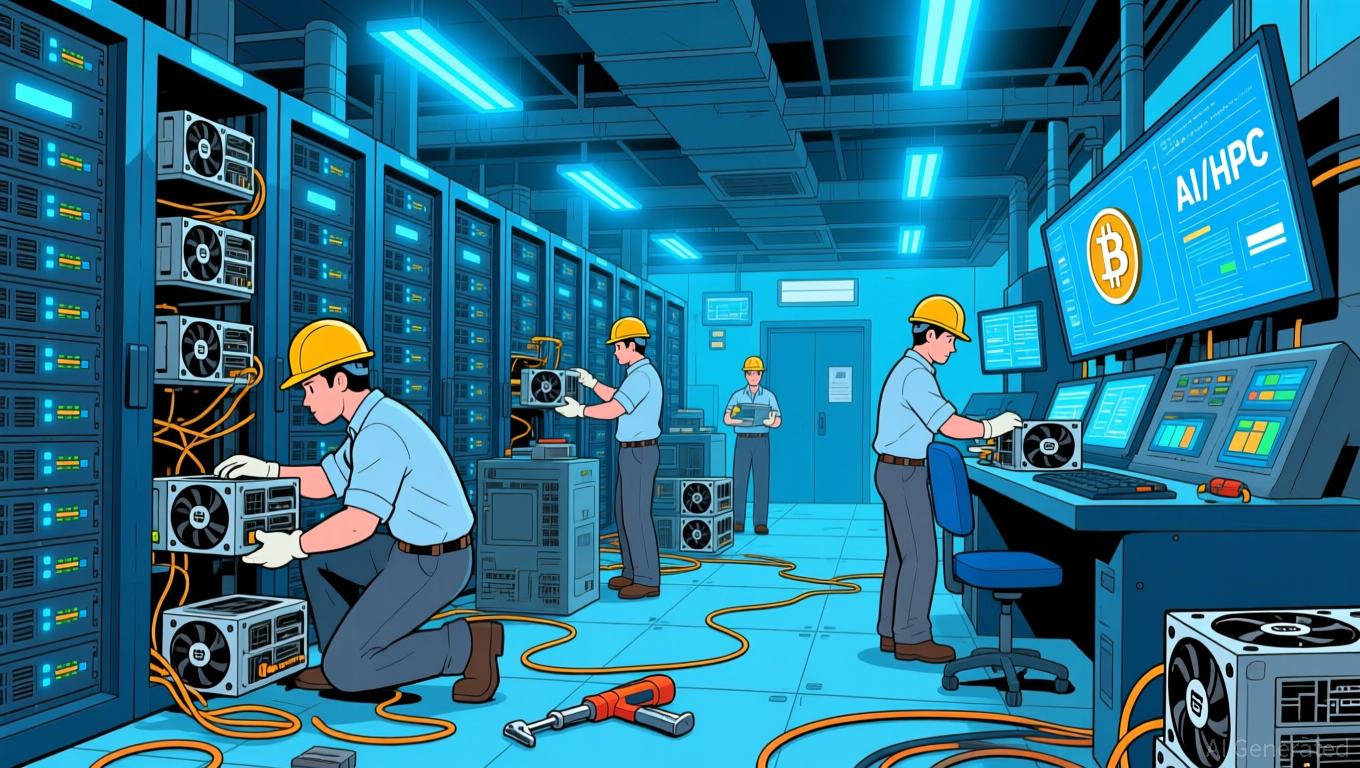Supreme Court Set to Decide on Trump Tariffs Amid Dispute Over Presidential Authority
- U.S. Supreme Court will rule on Trump's global tariffs, testing presidential emergency powers under IEEPA. - Lower courts declared tariffs illegal, but Trump frames them as vital for national survival and economic growth. - Critics warn expanded executive authority risks congressional oversight, while small businesses face existential costs from 10%+ duties. - Ruling could invalidate $10B+ in revenue or enable future administrations to bypass legislative constraints through emergency declarations. - Case
The U.S. Supreme Court is preparing to issue a pivotal decision regarding President Donald Trump’s broad tariffs on global trade, a verdict that could have lasting effects on trade policy, presidential powers, and the nation’s economy. The dispute revolves around whether Trump’s invocation of emergency economic authority to levy tariffs on almost all major U.S. trade partners—including China, Canada, and Mexico—went beyond the limits set by the International Emergency Economic Powers Act (IEEPA), according to an
Trump’s tariffs, which start at a 10% duty on most imports and impose even steeper rates on certain countries, were defended by the administration as necessary to tackle trade imbalances and combat drug smuggling. The president maintains these actions are vital for safeguarding U.S. industries and have helped drive stock markets to record levels, Barron's noted. Yet, many legal scholars and economists caution that this case could set a precedent for expanding presidential powers beyond congressional control, potentially affecting financial markets and future trade deals, according to

If the Supreme Court rules against the tariffs, it would nullify billions of dollars in customs collections and require the administration to use narrower legal avenues, like Section 301 or 232, which come with stricter timeframes and limits on duties, Barron's explained. On the other hand, if the tariffs are upheld, it could encourage future presidents to use emergency powers for economic measures, raising alarms about unchecked executive reach, ABC News pointed out.
Small business owners have been outspoken opponents, with plaintiffs such as Victor Schwartz of VOS Selections calling the tariffs an “existential threat” that forces them to either absorb higher costs or increase prices amid uncertainty, according to
The Supreme Court’s forthcoming decision will also put to the test the stability of recent trade agreements made under the tariff regime. While targeted tariffs on products like steel, aluminum, and cars remain unchanged, broader tariffs could complicate future negotiations with major partners, including the U.S. and China, as
As the Supreme Court deliberates, the administration is ready to implement tariffs under different statutes, though these would come with tighter restrictions. Legal expert Ryan Majerus points out that even if the current tariffs are overturned, the government could still pursue “durable tariffs” using existing trade laws, according to Digital Journal.
This case highlights the ongoing debate over the division of authority between the executive branch and Congress, with significant consequences for future economic strategies. As Trump characterizes the decision as “literally, LIFE OR DEATH for our Country,” the ruling could reshape the legal framework for trade and economic policy in the United States, Barron's warned.
Disclaimer: The content of this article solely reflects the author's opinion and does not represent the platform in any capacity. This article is not intended to serve as a reference for making investment decisions.
You may also like
XRP News Today: XRP ETFs: Wall Street's Pathway to a $6 Trillion Ambition
- U.S. regulators fast-track XRP ETF approvals, with 21Shares, Franklin Templeton, and Canary Capital nearing launches by late November. - Analysts predict XRP could surge to $100–$1,000 if multiple ETFs debut simultaneously, potentially pushing its market cap to $6 trillion. - Ripple's $4B funding round and SEC court rulings validate XRP's utility in cross-border payments, signaling institutional adoption. - Risks persist, including regulatory delays and unmet adoption targets, though ETFs could normalize

Bitcoin News Update: As AI Sparks a Modern Gold Rush, Bitcoin Miners Shift Focus from Blocks to Bytes
- Bitcoin miners like CleanSpark pivot to AI/HPC as mining profitability declines, raising $1.15B for infrastructure expansion and share buybacks. - Industry peers TeraWulf and Core Scientific expand HPC capacity, shifting valuation focus to AI hosting revenue ($1.5-2M/MW/year) over hashrate growth. - Regulatory hurdles and GPU shortages challenge AI infrastructure scaling, but long-term demand projects U.S. data-center electricity use to hit 606 TWh by 2030. - Hybrid crypto-AI infrastructure becomes a sca

Bitcoin Updates: Despite ETF Outflows, Institutional Investors Reinforce $100K Support for Bitcoin
- Bitcoin stabilizes above $100,000 as corporate buyers (MicroStrategy, American Bitcoin) offset ETF outflows and whale selling. - U.S.-India trade deal prospects and government shutdown resolution boost risk appetite, supporting crypto markets. - XRP declines despite RLUSD growth, while Solana ETFs extend inflow streak; NFT sales drop 14% to $84M. - Proposed CFTC crypto oversight bill and technical analysis highlight regulatory and market uncertainty amid institutional buying.

Blockchain Essentials for the Rave Ecosystem Enable Community Leadership and Charitable Initiatives
- RaveDAO launched Genesis Membership NFTs on Base and BNB Chain, offering four tiers with escalating event access and governance rights. - The $RAVE token economy allocates 30% to community incentives, 31% to ecosystem development, and includes deflationary buyback mechanisms. - Black-tier members ($499) gain backstage access and 7x reward multipliers, emphasizing token-driven tiered participation. - RaveDAO plans 50+ decentralized chapters by 2027 and channels event profits to philanthropy, distinguishin
